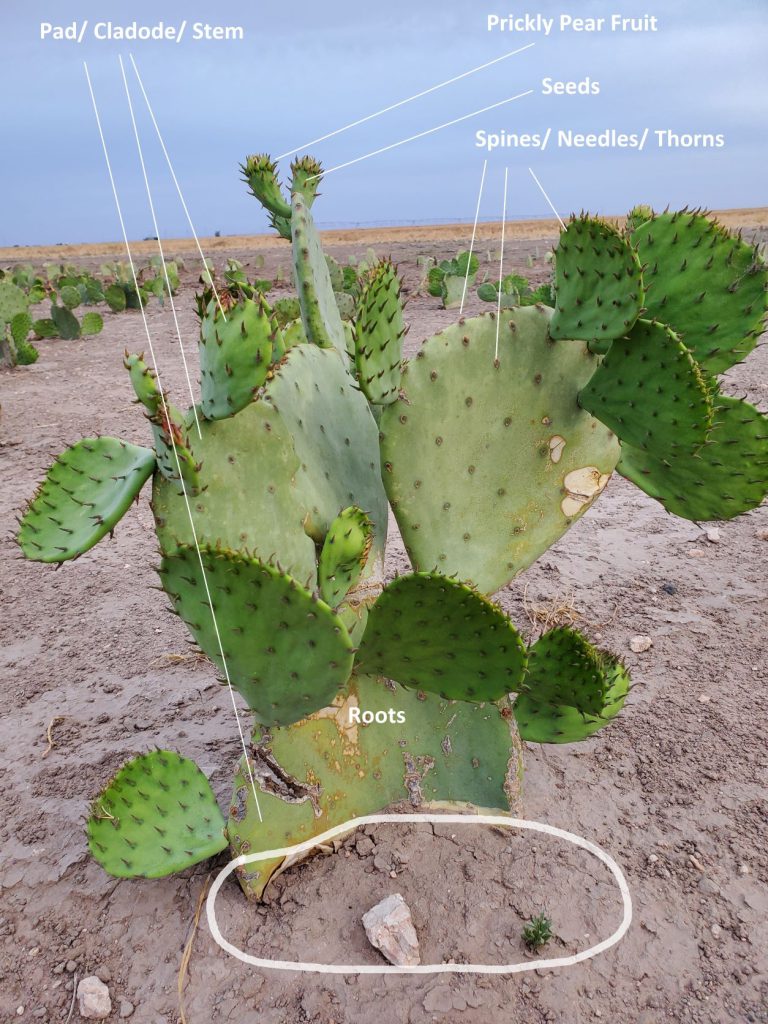Nopal the Plant of Many Names
The ability to thrive in harsh terrain, low water consumption, low maintenance and versatility of use shows a great health, economic and environmental potential. There are many scientific studies confirming the multiple benefits of the Nopal.
References
- María del Socorro Santos Díaz, Ana-Paulina Barba de la Rosa, Cécile Héliès-Toussaint, Françoise Guéraud, Anne Nègre-Salvayre, “Opuntia spp.: Characterization and Benefits in Chronic Diseases”, Oxidative Medicine and Cellular Longevity, vol. 2017, Article ID 8634249, 17 pages, 2017. https://doi.org/10.1155/2017/8634249
- Koubaa, M., Mhemdi, H., Barba, F.J., Angelotti, A., Bouaziz, F., Chaabouni, S.E. and Vorobiev, E. (2017), Seed oil extraction from red prickly pear using hexane and supercritical CO2: assessment of phenolic compound composition, antioxidant and antibacterial activities. J. Sci. Food Agric., 97: 613-620. https://doi.org/10.1002/jsfa.7774

